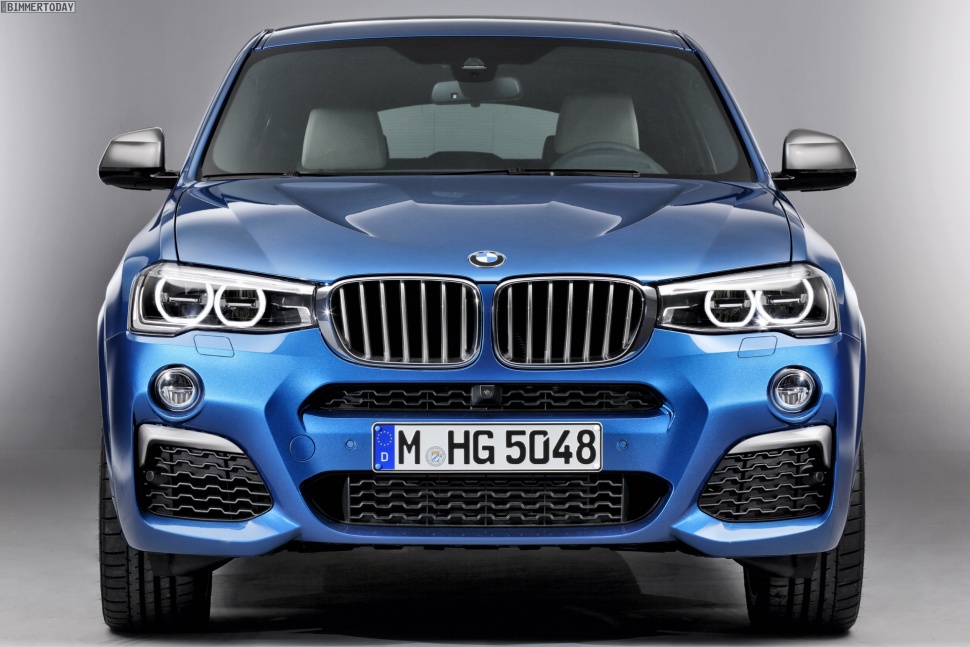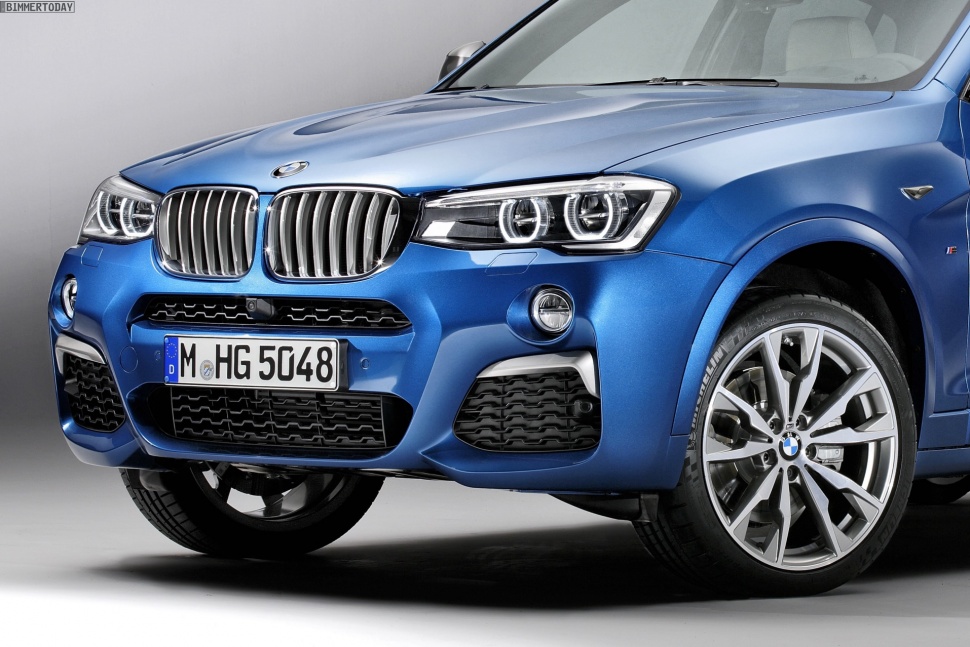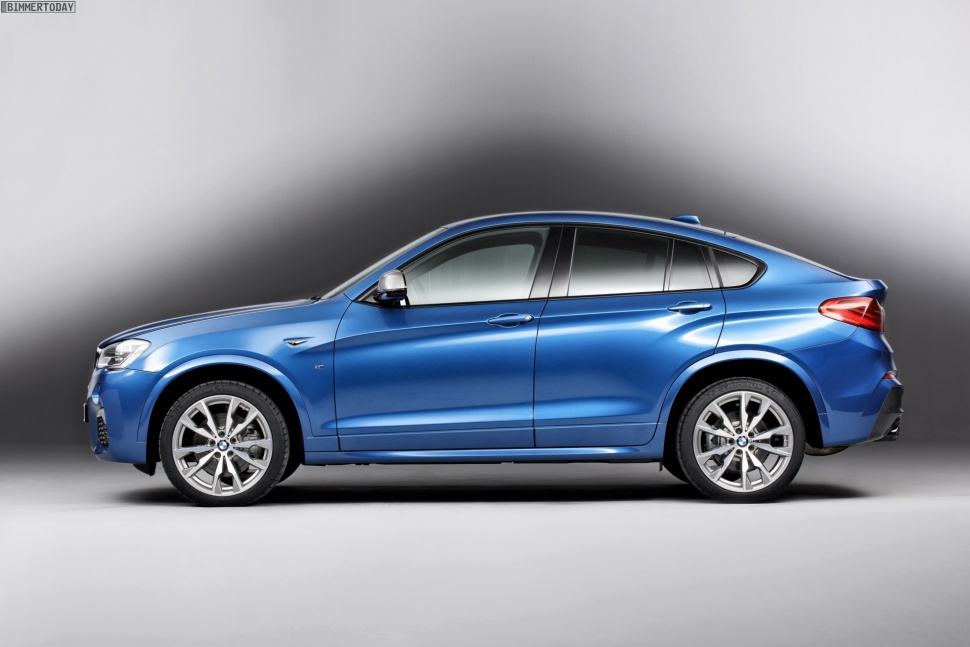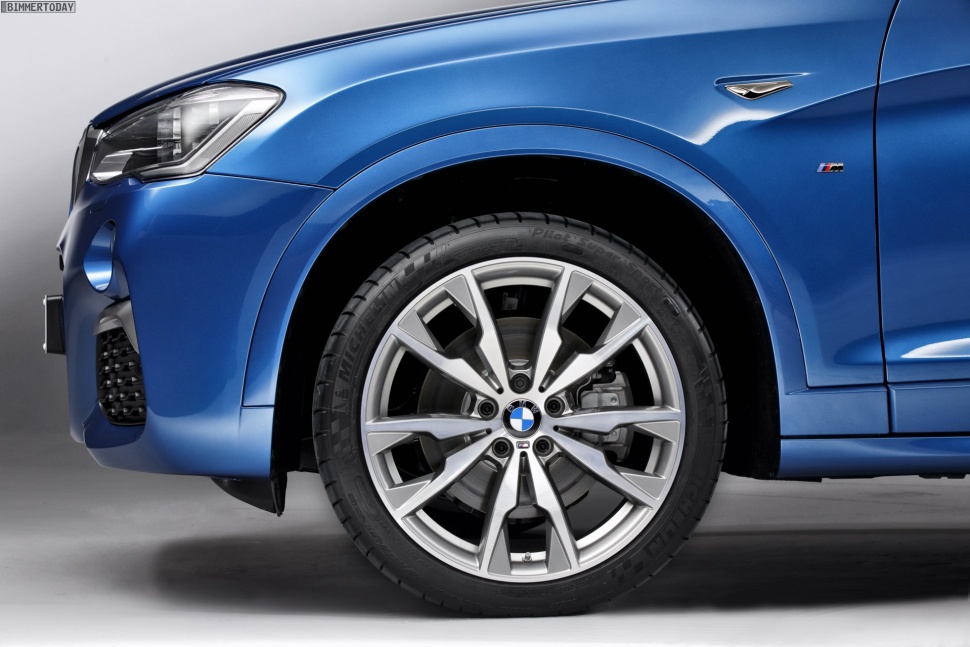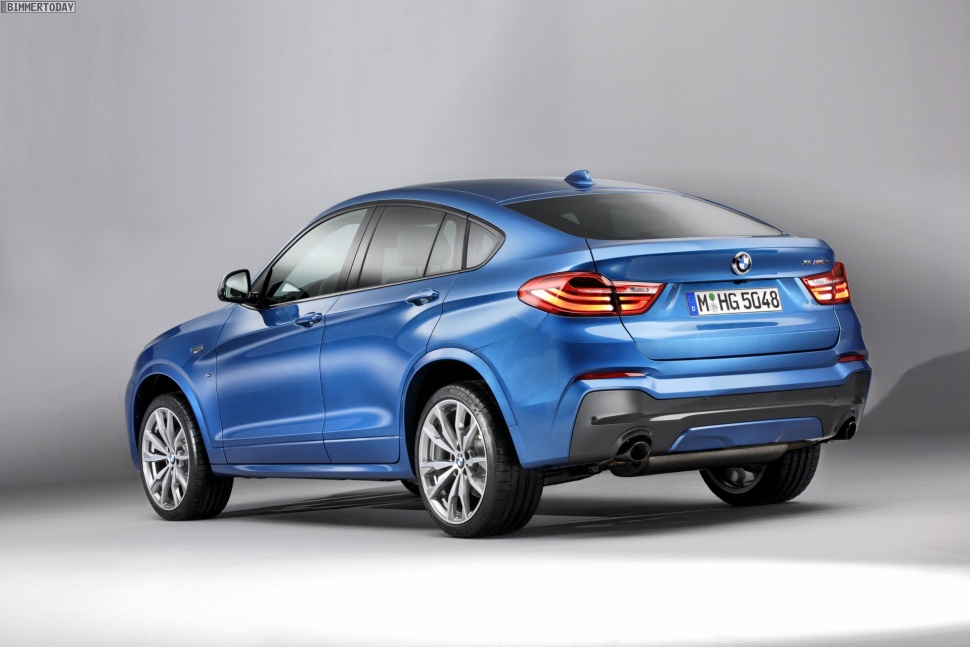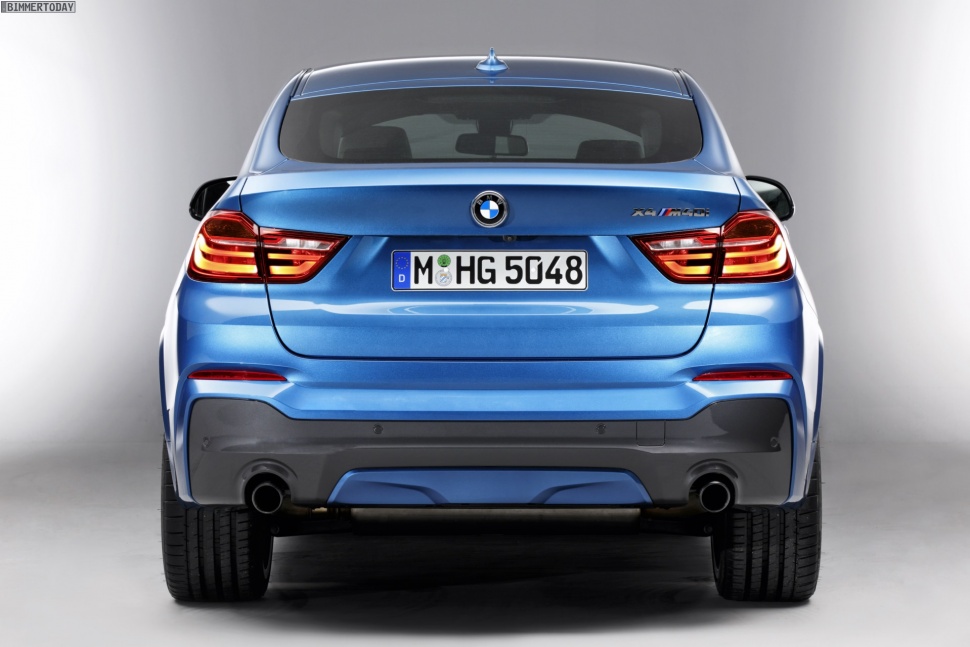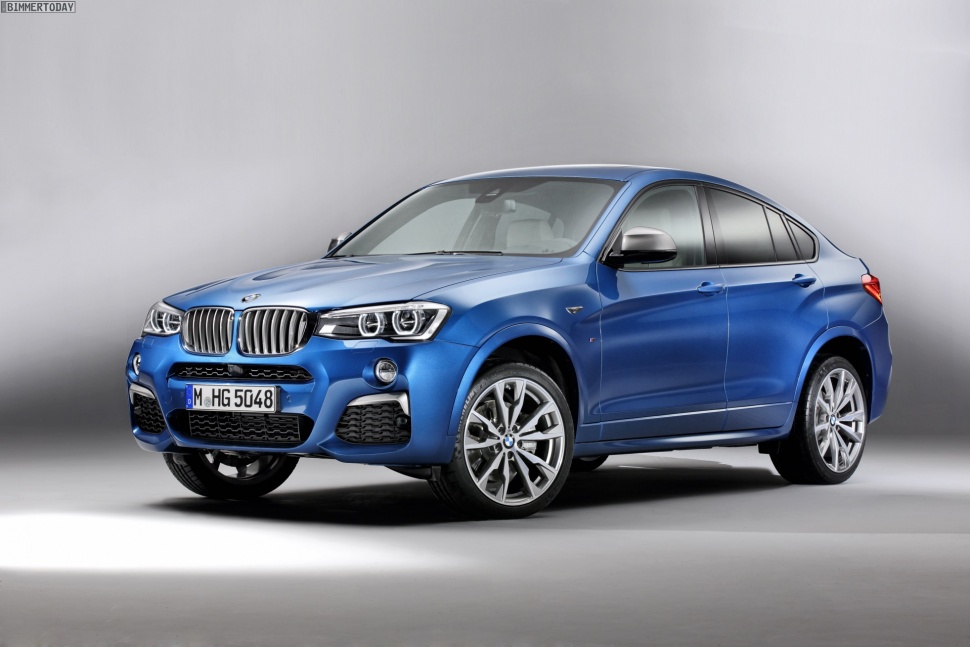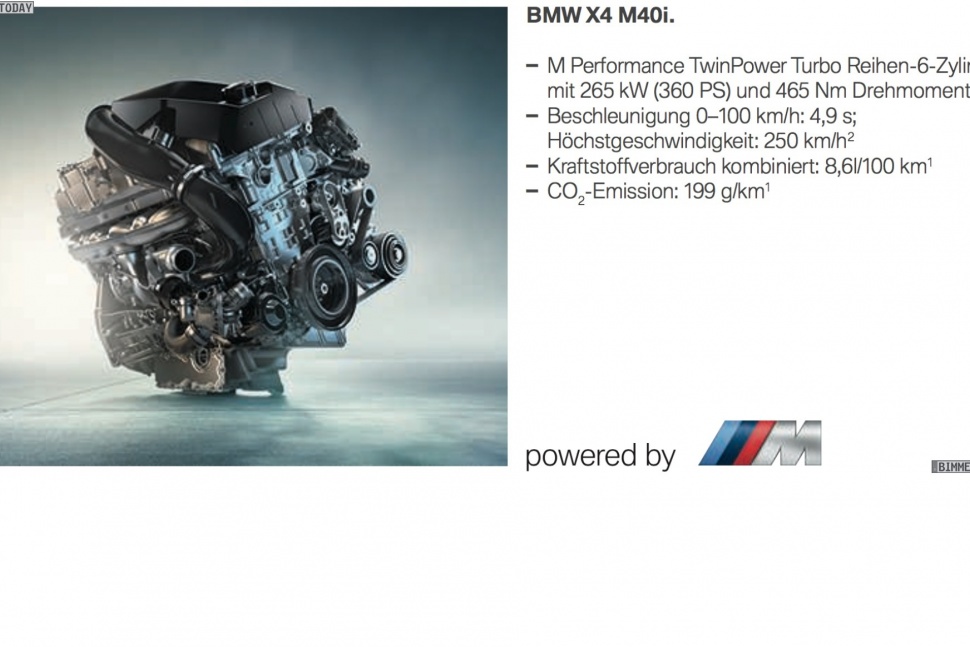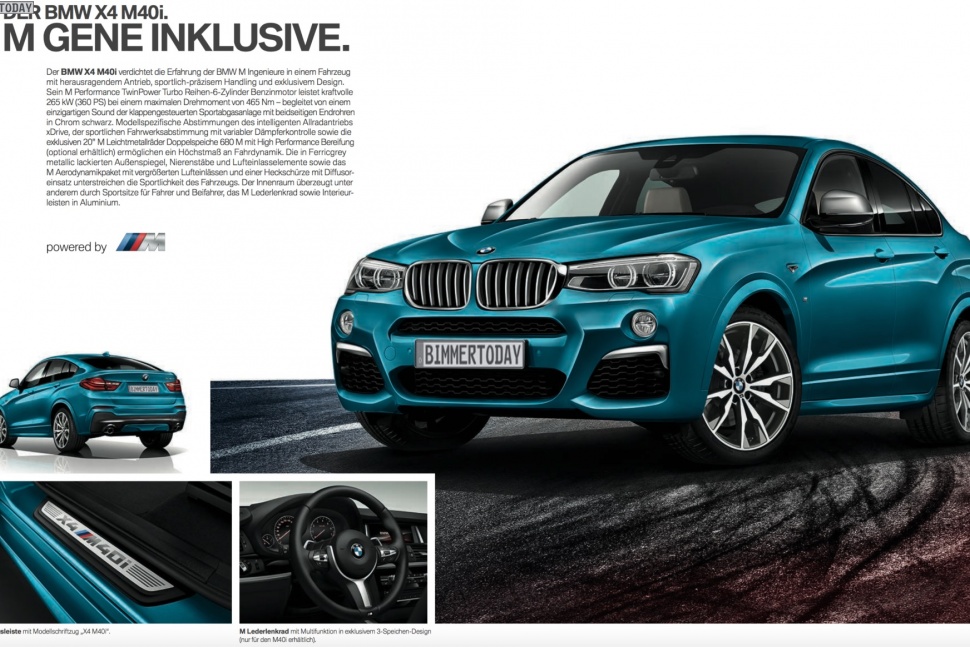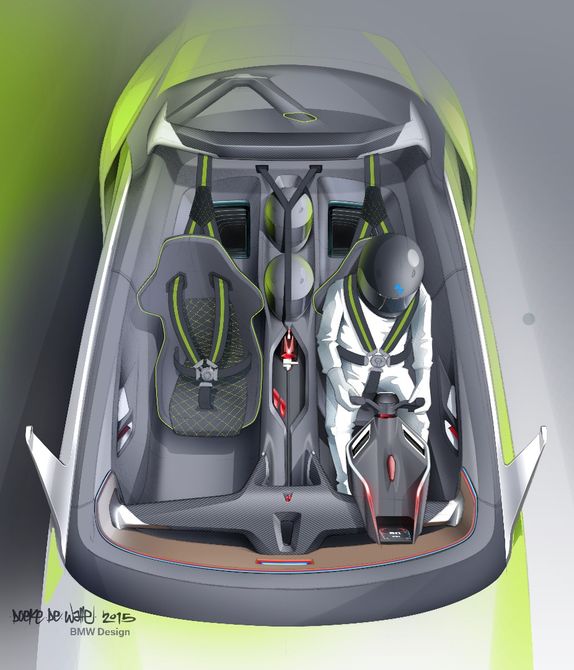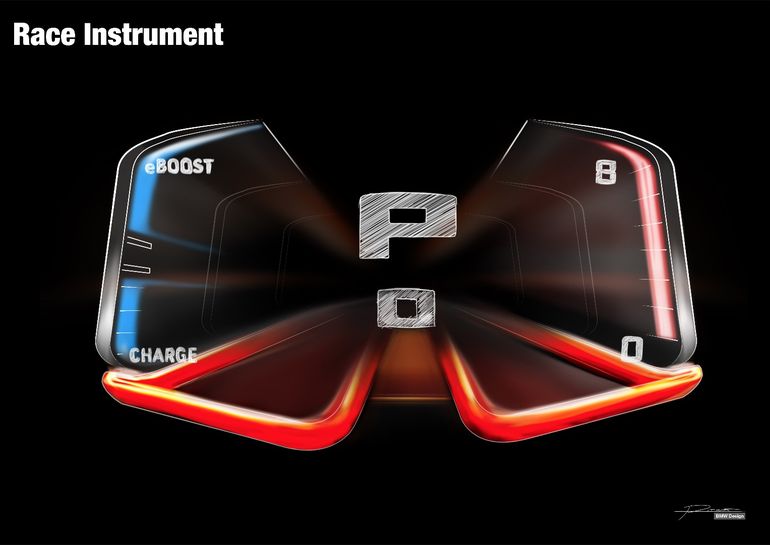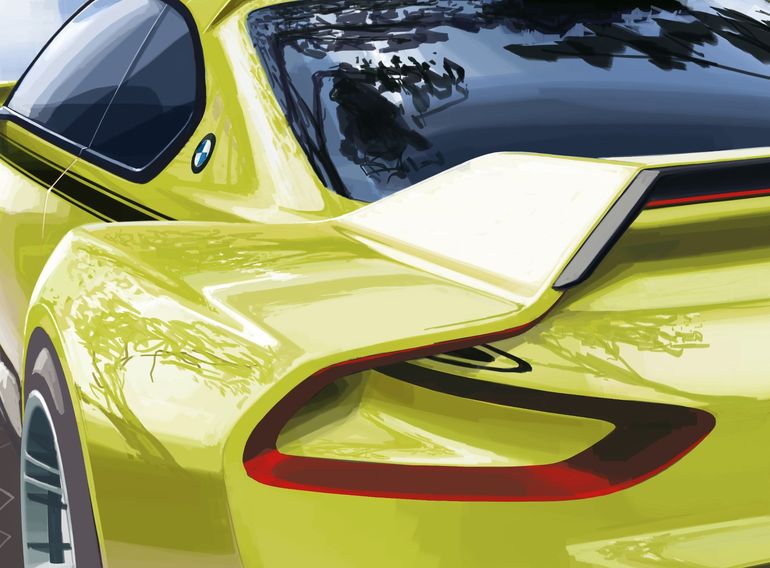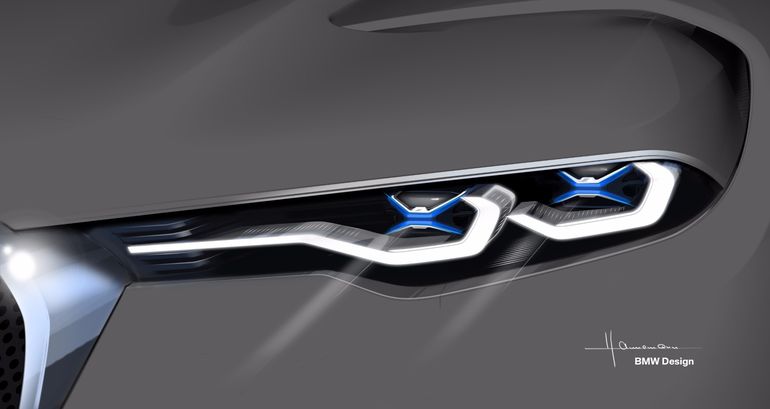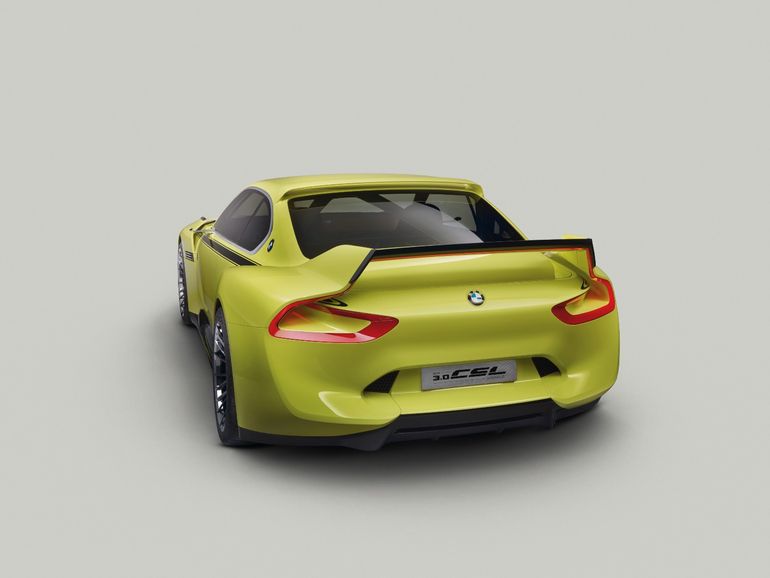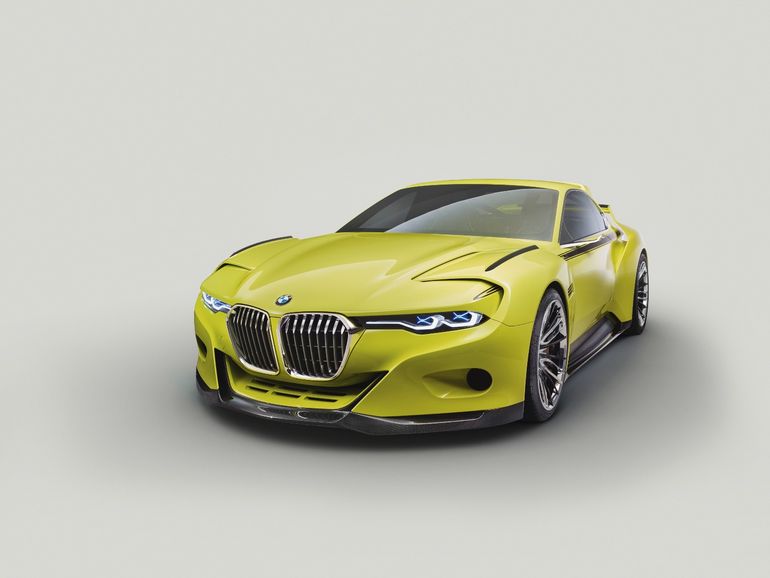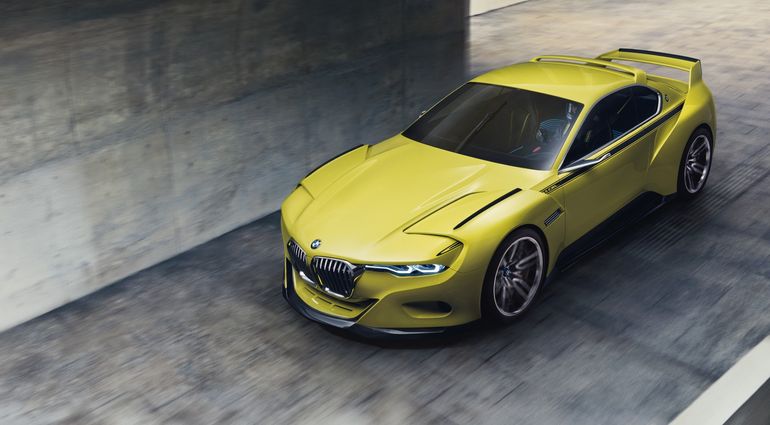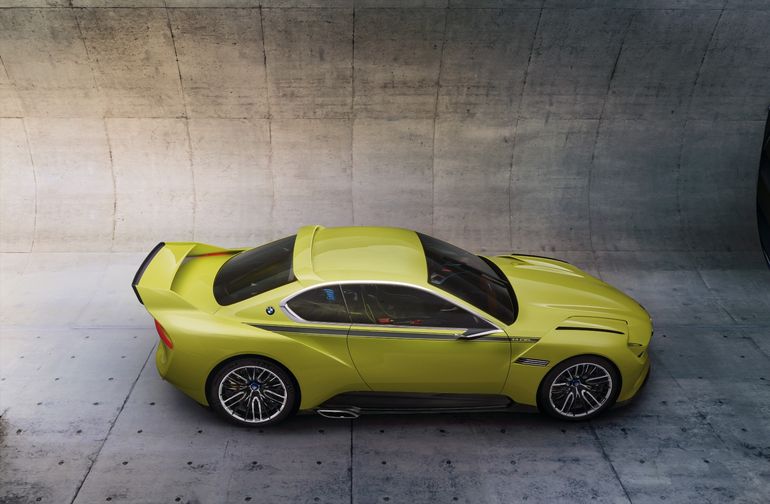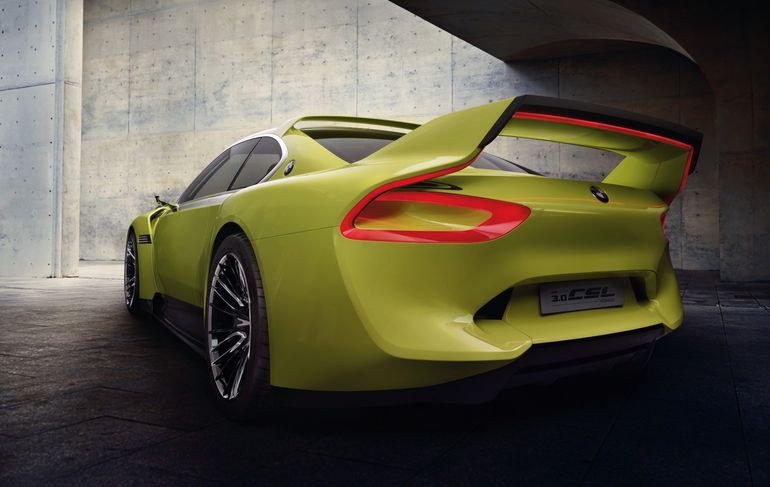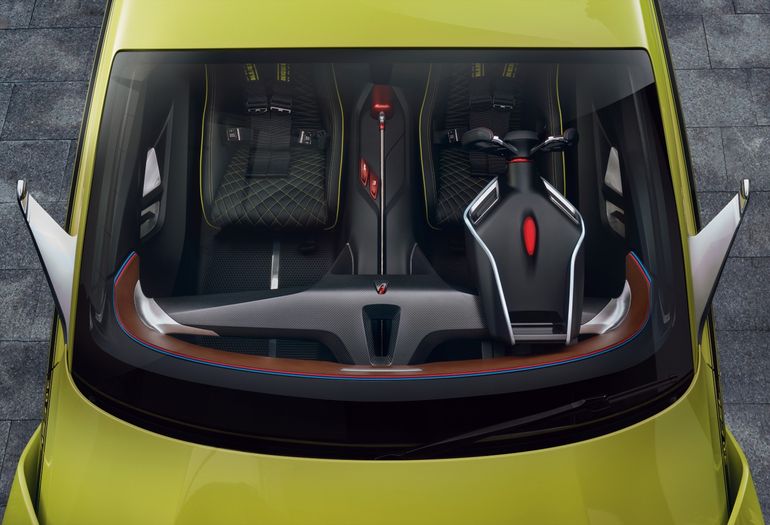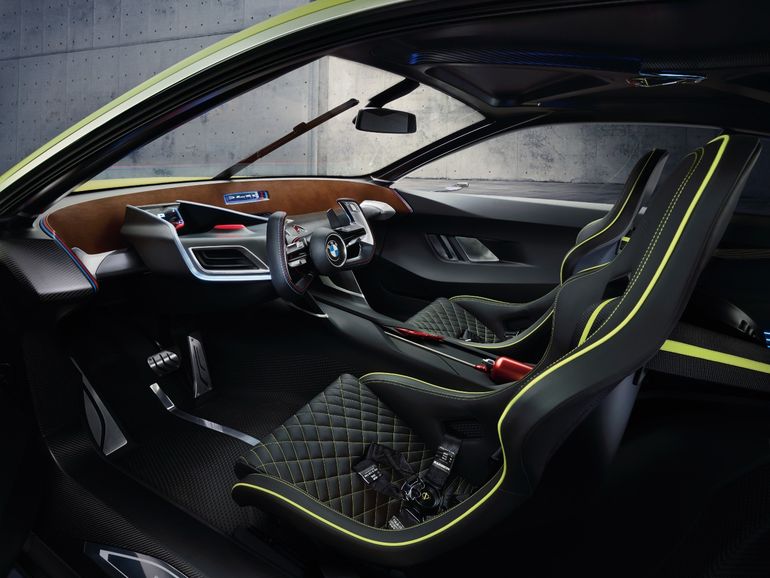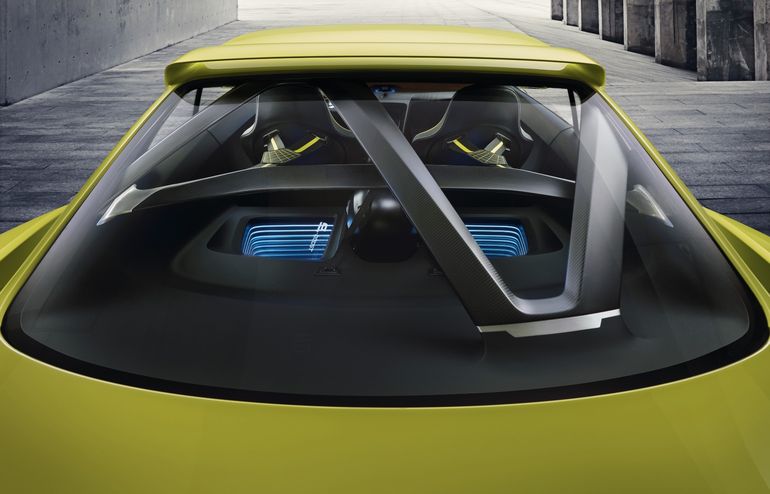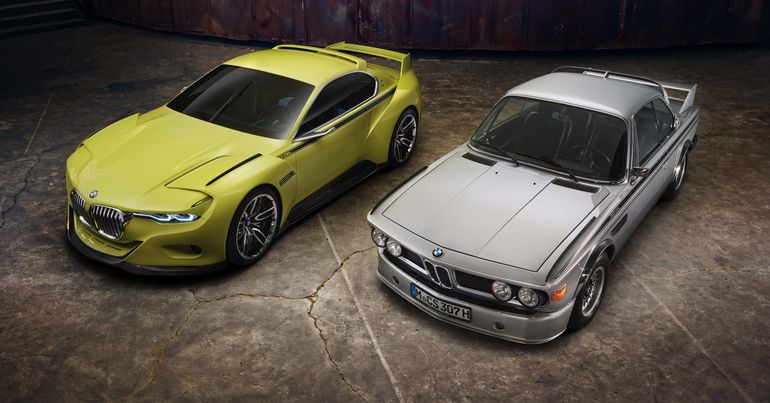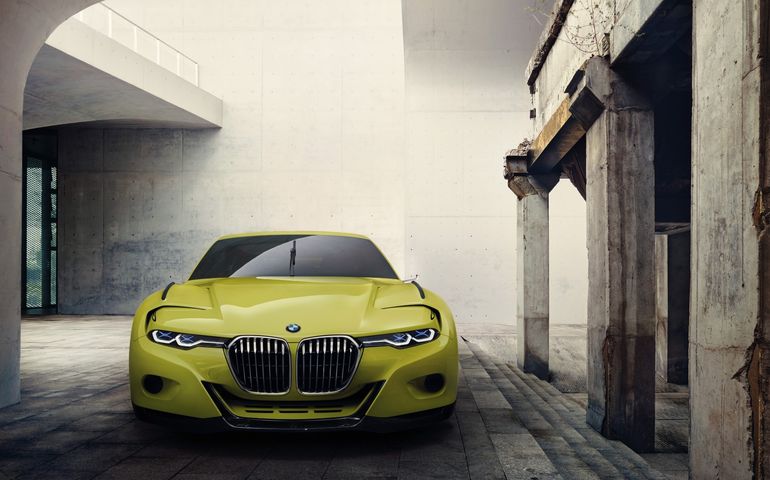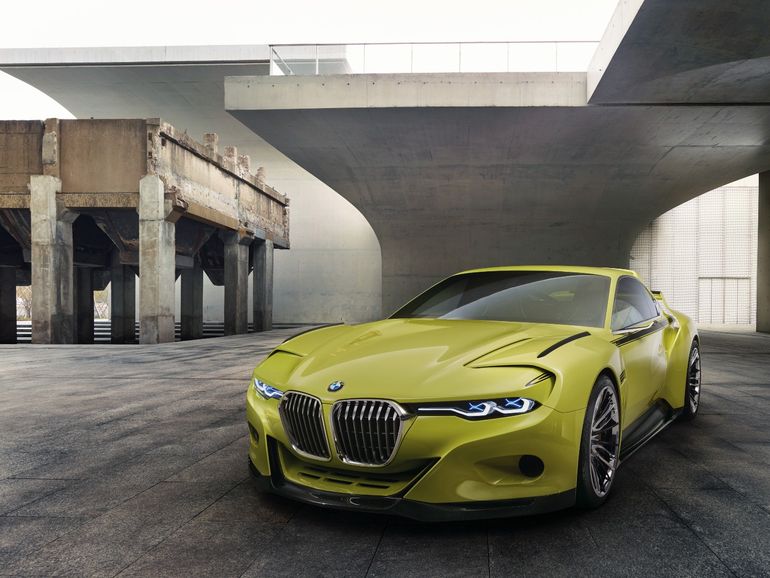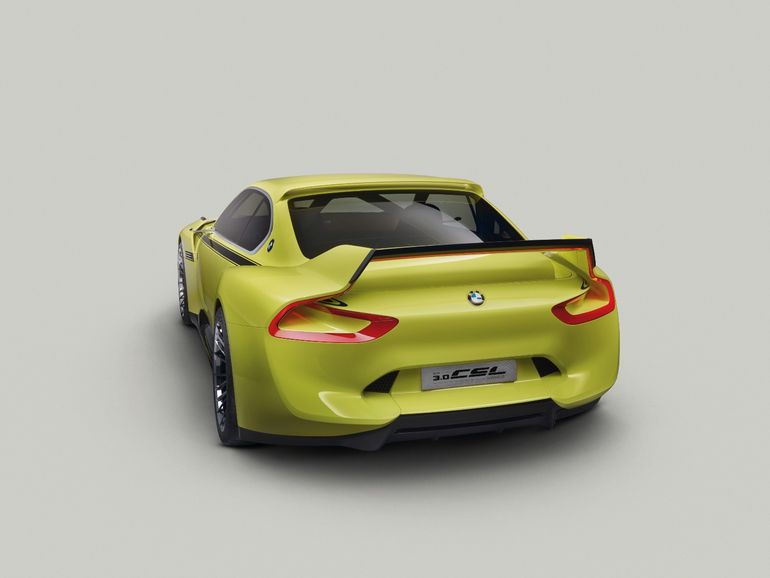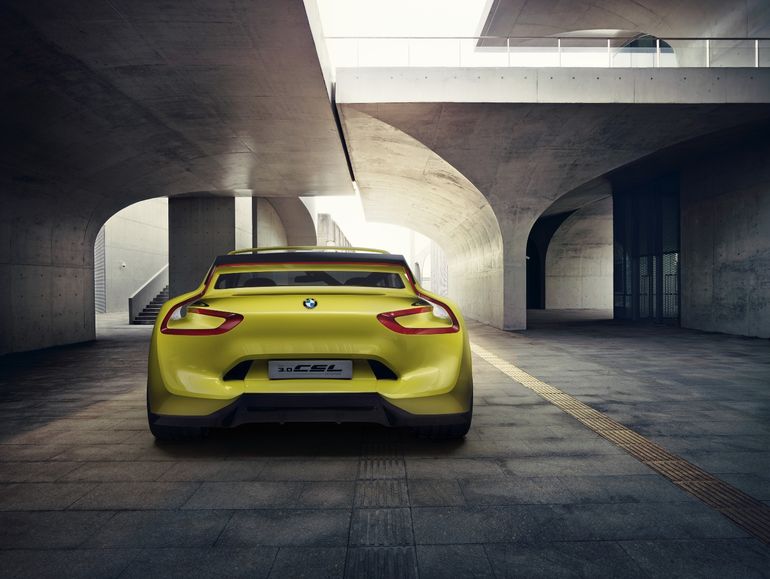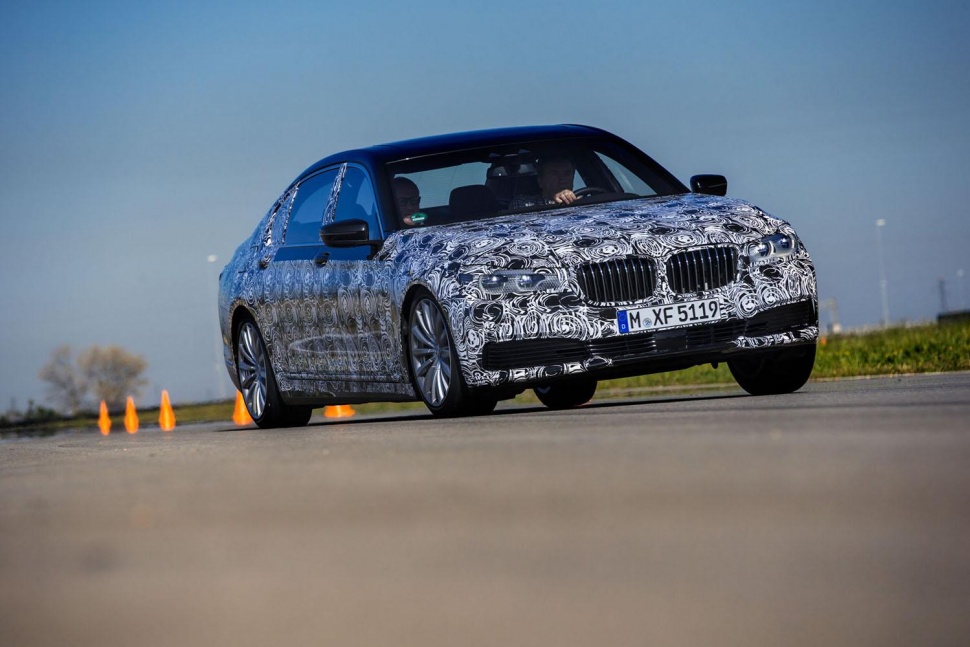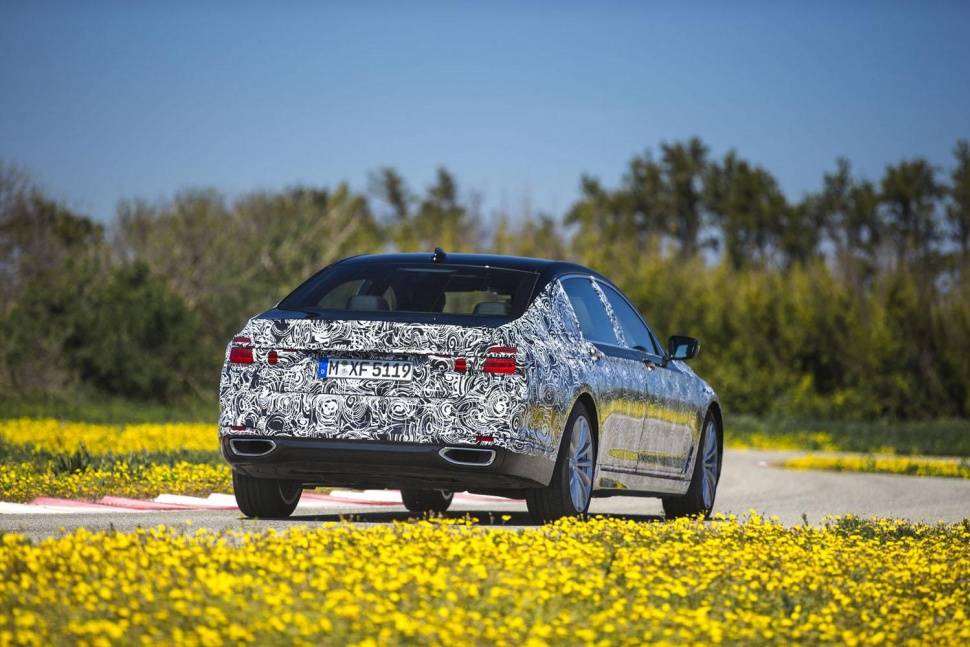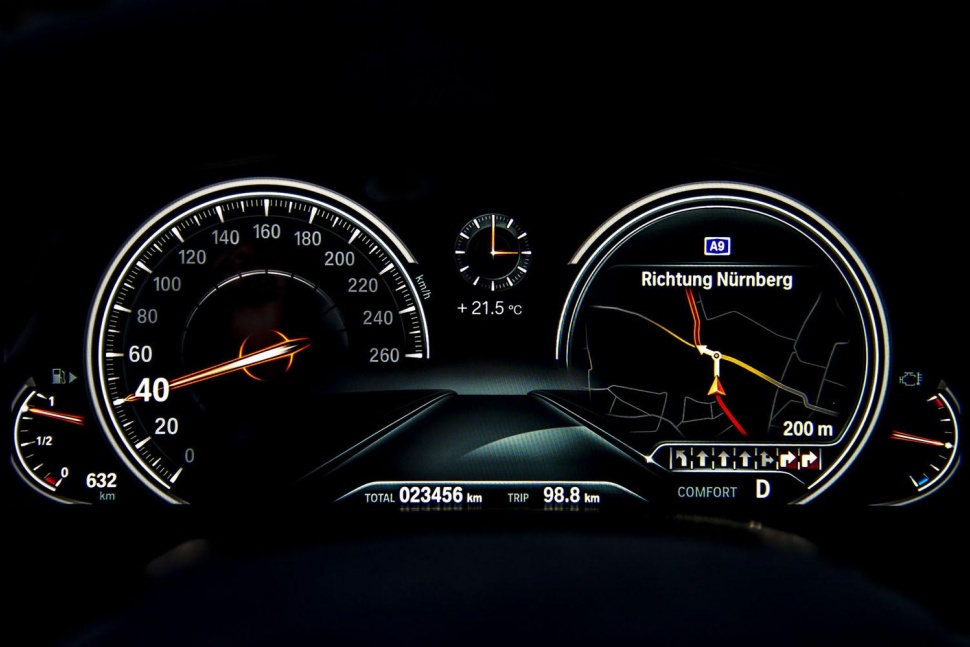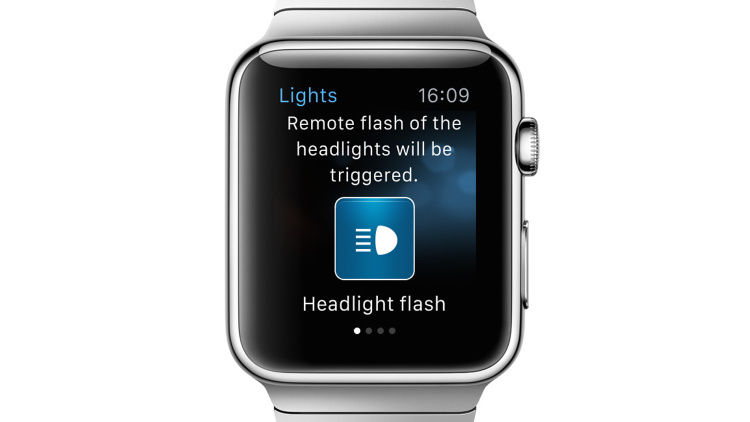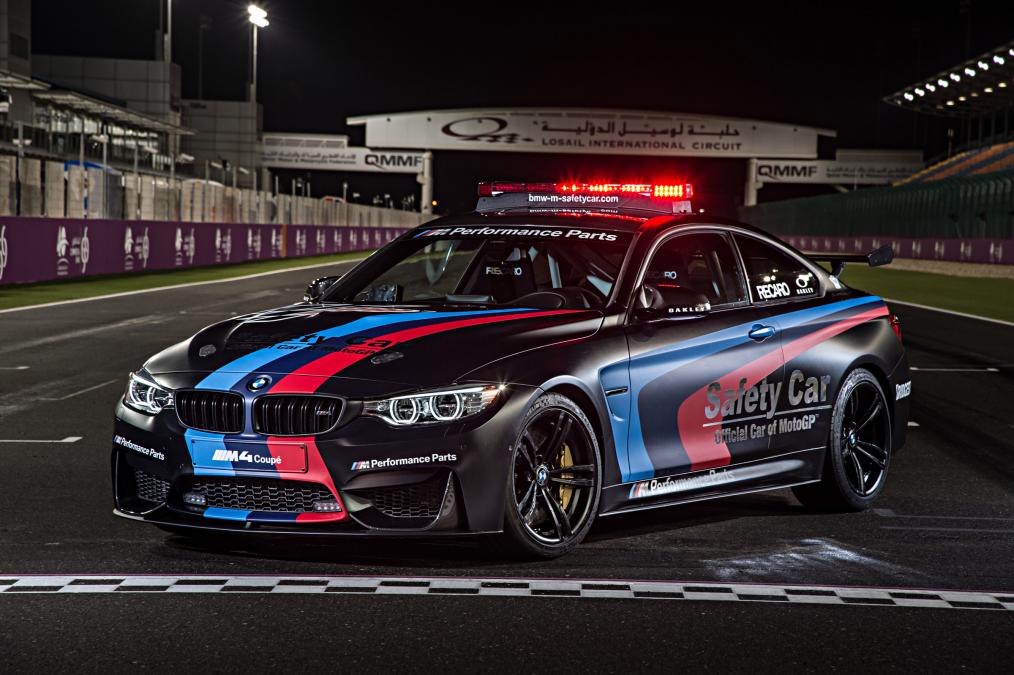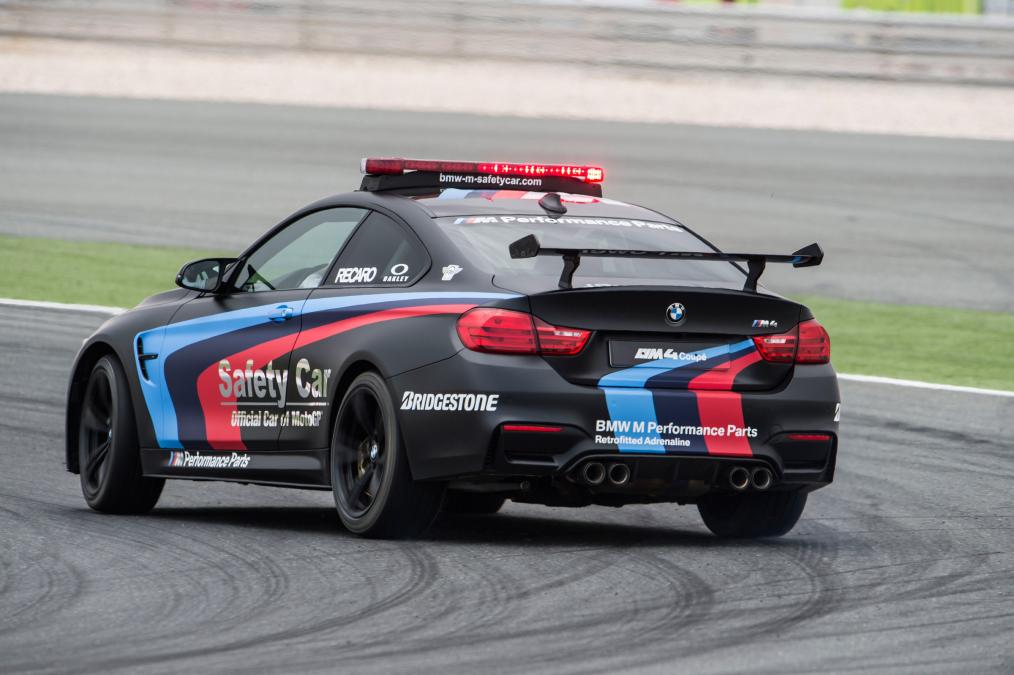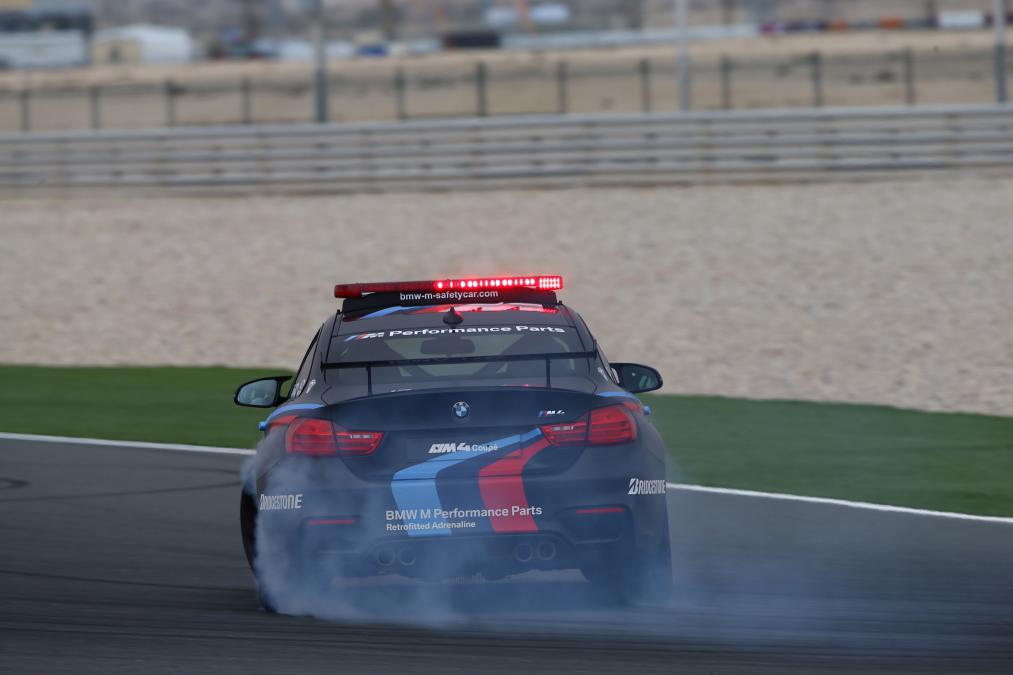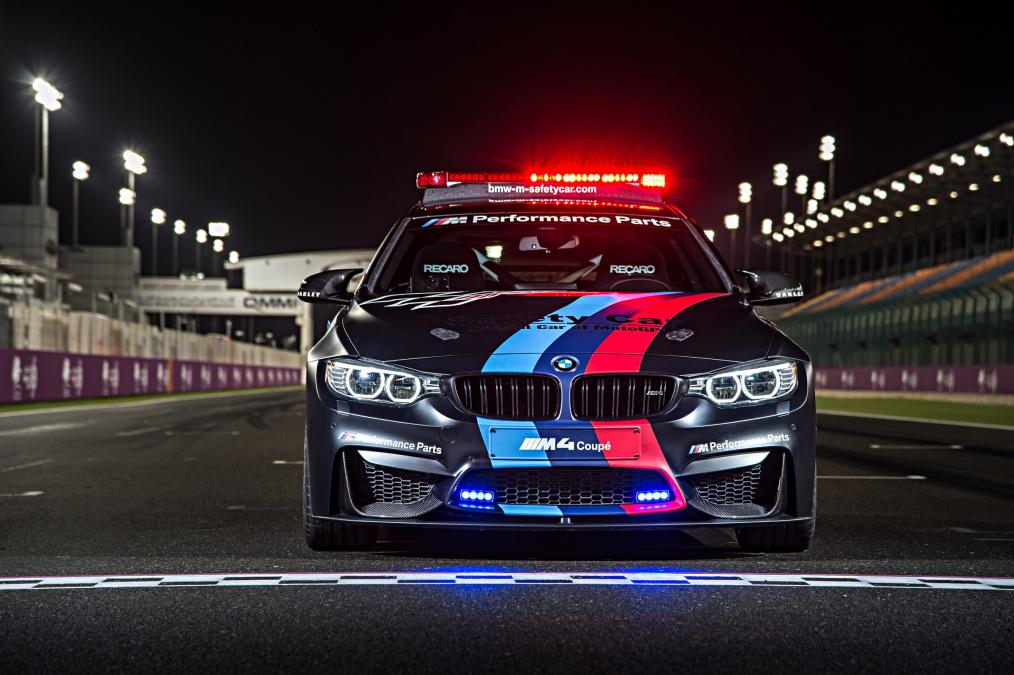In 40 years, BMW has turned itself into the premiere luxury auto brand, dwarfing competitors. The secret to its success? Variety.
In 1975, when Bayerische Motoren Werke AG opened its first dealership in the U.S., the German maker of sporty cars and motorcycles was barely known to American motorists. Now, 40 years later, BMW is the country’s top seller of luxury automobiles and the 11th most valuable brand worldwide, according to Interbrand’s 2014 survey.
How did it manage it?
One answer is lots and lots of variety. BMW’s model count in the U.S. has grown from just four in 1975 to 100 in 2015. There are a staggering variety of sizes, body styles and engines, all designed to prevent BMW owners from defecting to rival luxury brands like Mercedes-Benz, Audi and Lexus. “We don’t ever want our customers to grow bored,” said Ludwig Willisch, CEO of BMW of North America. Willisch said in the past four years, customer loyalty —the rate at which owners choose the same brand for their next car—has grown to 60% from 52%. The average loyalty rate for all automotive brands in the U.S. ranges between 42 and 48%.
BMW has been successful “extending the brand through a massive proliferation of model lines,” said Karl Brauer, a senior analyst for Kelley Blue Book. “They’ve mastered the art of spinning multiple models off a single platform, which is what every automaker has to do these days to remain competitive on costs and pricing.”
As General Motor Co.’s Cadillac and Ford Motor Co.’s Lincoln luxury brands attempt to capture a bigger share of the luxury market, they are openly grappling with the relative lack of models. Johan De Nysschen, the head of Cadillac and former head of Audi of America, has been public in his insistence that General Motors must develop more and varied models to keep its luxury brand viable. Lincoln sells seven models at its dealerships, and the company said more are in the planning stages. Cadillac counts twelve in its model lineup and also says it has more variations planned.
Mercedes-Benz and Audi, meanwhile, also are expanding their model lineups. This year, Audi is selling 11 car lines in the U.S. with 17 body styles, creating 65 available variants.
Building so many model variations in relatively small volumes and few factories requires an agile manufacturing system; that has become a BMW hallmark.
BMW models are built in eight final assembly plants: four in Germany, two in China, one in South Africa and a complex in Spartanburg, S.C. The Spartanburg plant, opened in 1995, manufactures all crossover models, which BMW dubs Sport Activity Vehicles or SAVs. Additionally, BMW vehicles are assembled from parts kits at six more locations in developing countries like Thailand and India.
Cost effectiveness necessitates that BMW assembly lines are flexible to build multiple model types. Logistics experts direct the flow of parts and completed vehicles from assembly lines to retailers in 140 countries. Yet complexity also results in oddities such as the import of engines from Germany to Spartanburg— where many will return to Europe inside a completed SAV, which means the engines must traverse the Atlantic twice.
It is perhaps no coincidence that Harald Krueger, 49, who will succeed Norbert Reithofer as chairman of the company’s management board—chief executive officer—on May 13, served a stint as manufacturing chief—as had Reithofer and at least his two immediate predecessors.
BMW has invested massively to create variety. Any BMW owner who wishes to trade her car or whose lease expires or who needs a bigger vehicle for a growing family may pick from a broad range of models, from the $31,200 X1 sDrive28i to the $141,200 760 Li sedan. Last year, BMW sold 30,445 328i sedans— more than any other model in its lineup; the esoteric i8 gas-electric hybrid, sold a mere 753 units through February and is on back-order until next year.
From a customer’s standpoint, deciphering model names and what BMW’s alphanumeric nomenclature signifies is hardly simple. For i3, which designates its small battery-powered car, the “i” is meant to denote innovation. But in the 328i, a four-door sedan with a gasoline engine, the “i” refers to direct injection of gasoline into the cylinders.
If the choice is a bit dizzying, BMW has thought of a solution: Product “geniuses” trained by BMW and employed by dealers who prowl retail showroom floors, armed with facts, figures and explanations. Inspired by Apple’s retail stores, BMW’s specialists have no responsibility to sell, only to demystify for shoppers what is surely a confusing wealth of models.
So far, though, BMW doesn’t seem too worried about having too many choices. “If I were a stockholder, I’d be thrilled with the strategy and the resulting sales numbers,” Brauer said.



